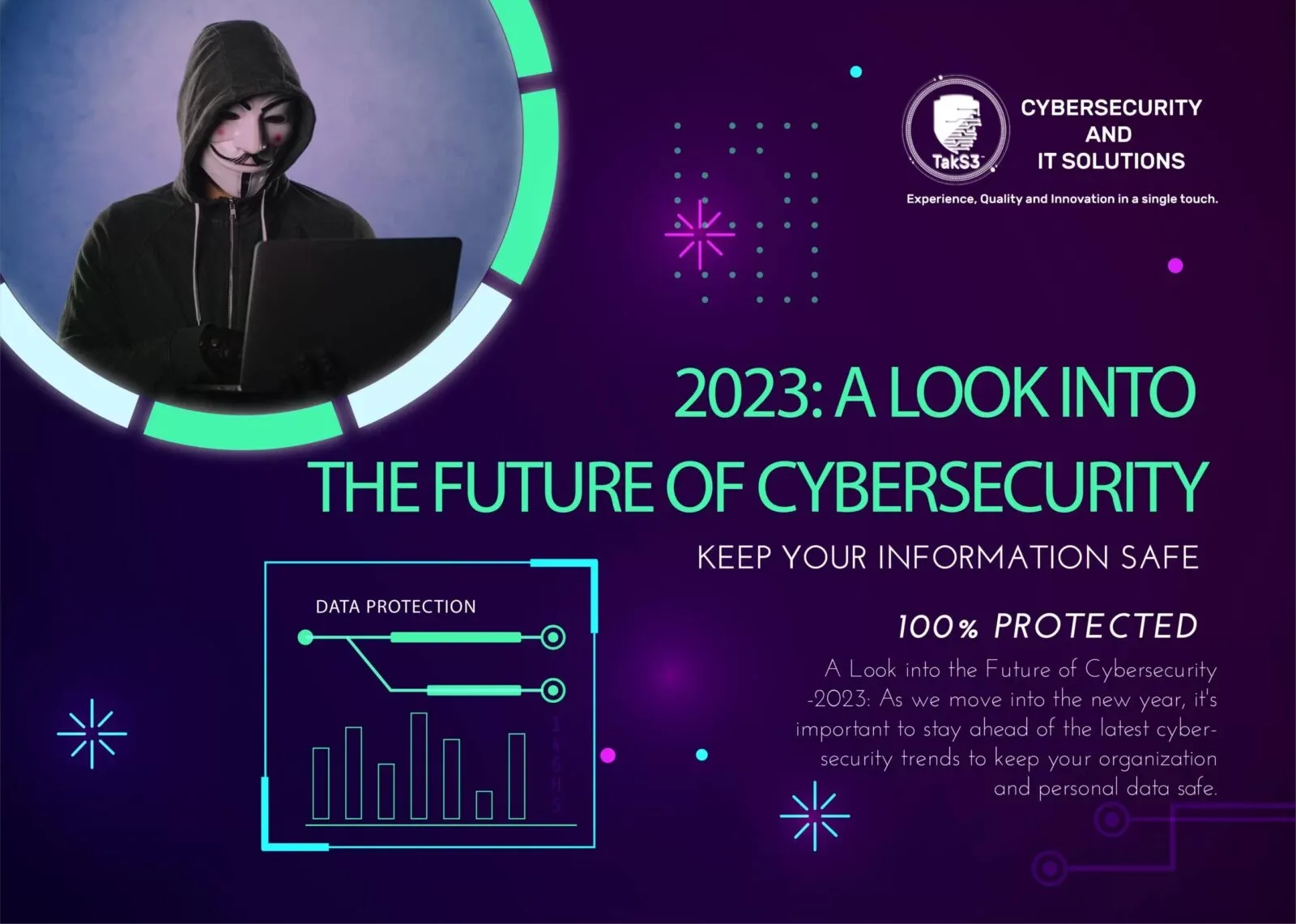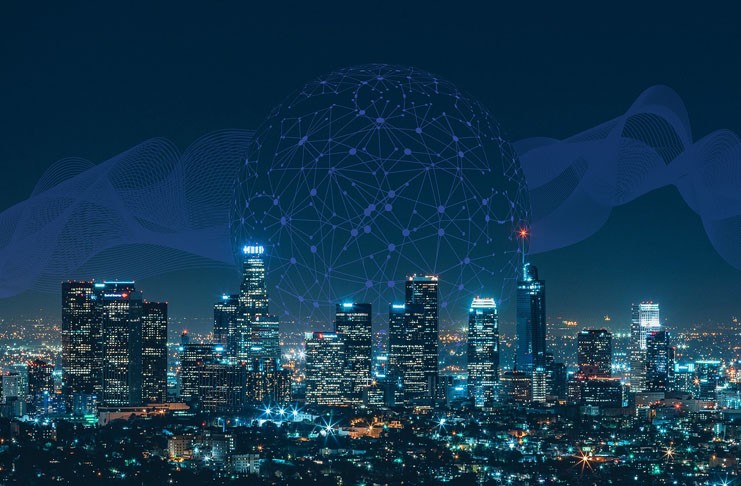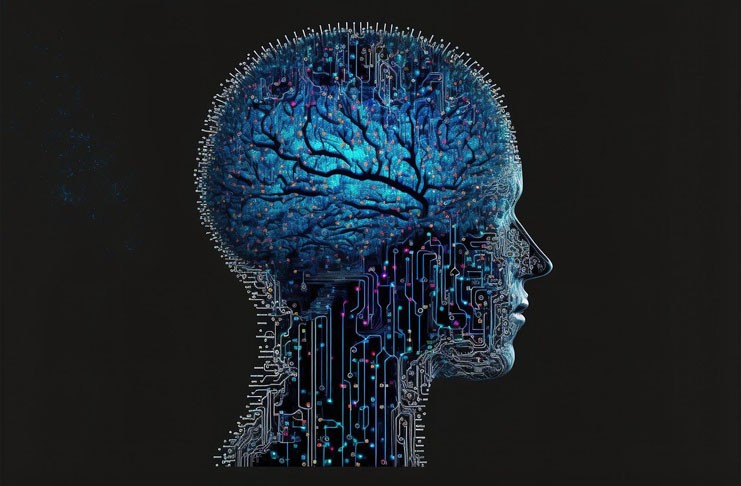In 2023, the cybersecurity landscape witnessed transformative innovations, enhancing security and efficiency across various sectors.
This article delves into the top seven cybersecurity innovations, detailing how each has played a pivotal role in fortifying digital defenses and fostering a safer cyber environment.

The cybersecurity industry in 2023
The cybersecurity landscape in 2023 is complex, driven by a surge in sophisticated cyber threats and rapid technological advancements.
Organizations are investing more in cybersecurity measures, recognizing the crucial need to protect their digital assets and user data. There’s a noticeable shift towards proactive defense mechanisms.
Remote work remains prevalent, pushing for stronger endpoint security and cloud computing security. Privacy concerns are at the forefront, leading to the development of privacy-enhancing computation.
Despite these advancements, challenges persist. Cybercriminals are constantly evolving their tactics, targeting supply chains, and exploiting vulnerabilities in emerging cyberprotection.
Which sector has developed in 2023 along with cybersecurity?
Alongside cybersecurity, several sectors have experienced significant development in 2023. Here’s a breakdown:
- Healthcare: Advancements in telemedicine and digital health have been prominent, driven by the need for remote patient care and efficient health data management along with healthcare cybersecurity.
- Financial Technology (FinTech): There’s been a surge in digital banking, online transactions, and blockchain technologies, necessitating robust cybersecurity measures.
- Artificial Intelligence (AI) and Machine Learning: These fields have continued to grow, finding applications in various industries, from manufacturing to customer artificial intelligence in cybersecurity services.
- Internet of Things (IoT): With more devices connected to the internet, there’s been a focus on IoT network security.
- Supply Chain and Logistics: Technologies for real-time tracking, inventory management, and efficient route planning have advanced, improving overall sector resilience.
- Remote Work Solutions: Tools and platforms facilitating remote work have seen development, ensuring better collaboration and security for distributed teams.
Top 7 Cybersecurity Innovations
Cybersecurity companies in 2023 are marked by significant advancements and investments, but it remains a challenging battlefield against evolving cyber threats.
1- Machine Learning for Threat Detection
This revolves around using algorithms to analyze patterns and detect anomalies that could indicate a security threat. The system learns from historical data, improving its accuracy over time.
In 2023, these systems are now better at distinguishing between false alarms and genuine threats, reducing the number of false positives. They adapt quickly to new and evolving threats.
Integration of machine learning in threat detection has become a standard, not just an option. It’s a vital part of the cybersecurity arsenal, providing an additional layer of protection.
2- Zero Trust Architecture
A security model that operates on the principle of “never trust, always verify.” It requires users and devices to authenticate and earn trust for every transaction or data access.
In 2023, this model has become more sophisticated and widely adopted. It’s integrated with advanced technologies, including machine learning, to assess risks and make real-time decisions.
Implementing this cyber awareness means rethinking access permissions, using micro-segmentation to limit access to sensitive areas, and continuously monitoring and validating user and device activities.
3- Secure Access Service Edge (SASE)
SASE is a network architecture that combines security functions with wide-area networking (WAN) capabilities to support the dynamic, secure access needs of organizations.
SASE provides consistent security and performance, no matter where users or devices are located. It’s particularly useful for businesses with remote workforces and cloud-based resources.
Key components include Zero Trust Network Access (ZTNA), Secure Web Gateways (SWG), and Cloud Access Security Brokers (CASB). By 2023, SASE has matured, with more companies adopting it.
4- Quantum-resistant Cryptography
A form of encryption designed for cybersafety against the potential threats posed by quantum computers.
These computers, leveraging quantum mechanics, have the potential to break traditional encryption algorithms rapidly. This field has seen development to prepare for the future.
It’s a proactive measure, addressing a threat before it fully materializes, showcasing cybersecurity innovations’ commitment to staying ahead in the security game.
5- Enhanced Endpoint Security
Advanced tools and strategies to protect devices by preventing, detecting, and responding to threats directly at the endpoints, which are often targets of cyber attacks.
The enhancements in 2023 include the integration of artificial intelligence for better threat detection and response. These technologies help in identifying behaviors that might indicate cybersecurity breaches.
There’s also an emphasis on automated remediation, allowing security systems to instantly respond to and mitigate threats without requiring manual intervention.
6- Automated Security Operations
This involves using technology to streamline and enhance the efficiency of security tasks. This includes detecting threats, investigating alerts, and cyber incident response.
Automation tools and artificial intelligence play a critical role in this process, handling repetitive and time-consuming tasks at a pace and precision unattainable by human operators.
In 2023, organizations have integrated automation into their security operations centers (SOCs) to better manage the overwhelming volume of alerts and reduce response times.
7- Privacy-Enhancing Computation
A set of technologies and approaches aimed at protecting individuals’ privacy and the confidentiality of data during processing. The goal is to enable computing without exposing sensitive information.
Key techniques like homomorphic encryption enable computations on encrypted data, eliminating the need for decryption, while secure multi-party computation allows collaboration without exposing inputs.
In 2023, the adoption in cybersecurity firms has grown significantly, driven by increasing privacy concerns, regulatory demands, and the recognition of privacy as a competitive differentiator.
Pros and Cons of these Cybersecurity Innovations
Machine Learning for Threat Detection
- Pros: Fast and efficient threat detection, adaptive to new threats, reduced false positives.
- Cons: May require extensive training data, and potential for new types of vulnerabilities.
Zero Trust Architecture
- Pros: Enhanced security through constant verification, minimizes the attack surface.
- Cons: Can be complex to implement and requires a cultural shift in an organization.
Secure Access Service Edge (SASE)
- Pros: Scalable, supports remote work, integrates security and networking.
- Cons: Transitioning can be complex and requires ongoing management.
Quantum-resistant Cryptography
- Pros: Future-proofs encryption and safeguards against potential quantum computer threats.
- Cons: Still in developmental stages, adoption requires resource investment.
Enhanced Endpoint Security
- Pros: Protects devices regardless of location, automated threat response.
- Cons: Can be resource-intensive and requires regular updates.
Automated Security Operations
- Pros: Increases efficiency, reduces response time, and allows human operators to focus on complex tasks.
- Cons: May require substantial setup and maintenance, potential for over-reliance.
Privacy-Enhancing Computation
- Pros: Enables data analysis while preserving privacy and meets regulatory requirements.
- Cons: Can be computationally intensive and complex to implement.
Conclusion
2023’s cybersecurity innovations reflect a proactive and adaptive industry, but they necessitate careful implementation and ongoing management to fully reap their benefits.
These advancements don’t come without challenges. Implementation can be complex, requiring resource investments and a cultural shift within organizations.
The progress made is undeniable, setting a strong foundation for the continuous evolution of cybersecurity strategy.








